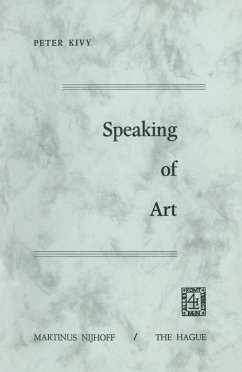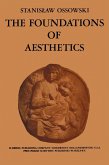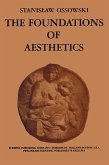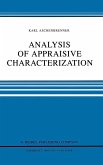As the title of this book was meant to suggest, its subject is the way we talk about (and write about) works of art: or, rather, one of the ways, namely, the way we describe works of art for critical purposes. Be cause I wished to restrict my subject matter in this way, I have made a sharp, and no doubt largely artificial distinction between describing and evaluating. And I must, at the outset, guard against a misreading of this distinction to which I have left myself open. In distinguishing between evaluative and descriptive aesthetic judgments, I am not saying that when I assert "X is p," where p is a "descriptive" term like "unified," or "delicate," or "garish," I may not at the same time be evaluating X too; and I am not saying that when I make the obviously "evaluative" assertion "X is good," I may not be describing X. Clearly, if I say "X is unified" I am evaluating X in that unity is a good-making feature of works of art; and as it is correct in English at least to call anevaluation a description, I do not want to suggest that if an assertion is evaluative, it cannot be de scriptive (although there have been many philosophers who have thought this indeed to be the case).








